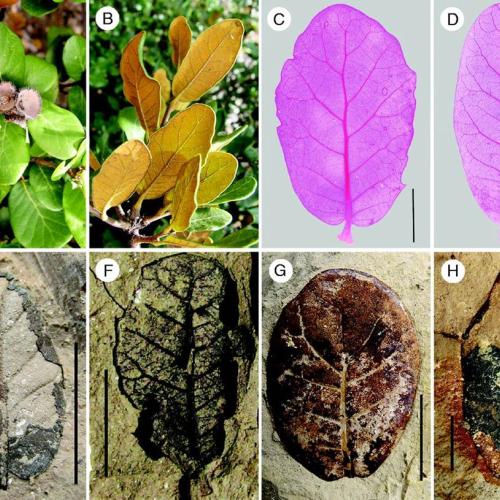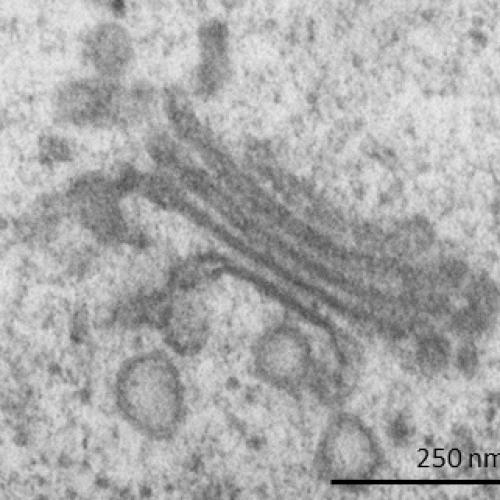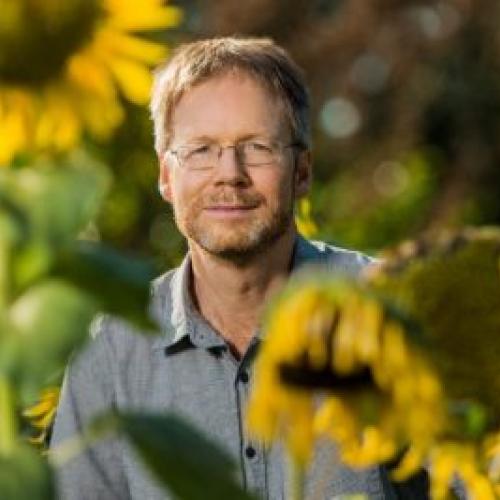Story Highlights
| Title | ||
|---|---|---|

|
Using leaf stomatal counts to estimate CO2 levels during the Pliocene | Article by Jin-Jin Hu (Turkington & Zhou lab) We have been collaborating with colleagues in Yunnan Province, China to determine if stomatal frequency in Quercus guajavifolia could be used to estimate palaeo-CO2 levels. The work was spear-headed by Jin-Jin Hu and Zhe-Kun Zhou at the Key Laboratory for Plant Diversity and Biogeography… |

|
Sorting out the Cells Sorting Centre | Article by: Miranda Meents (Lacey Samuels lab) 2015 is somewhat of an anniversary in cell biology. 350 years ago, Robert Hooke published the first description of what he called a cell. But it wasn’t until the mid-19th century that we started to look inside cells. Then, in 1898, the Italian scientist Camillo Golgi first described, and… |

|
Supergenes play a larger role in evolution than previously thought | Massive blocks of genes—inherited together ‘plug and play’ style—may play a larger role in evolutionary adaption than previously thought, according to new research in Nature. Biologists identified 37 of these so-called ‘supergenes’ in wild sunflower populations, and found they govern the modular transfer of a large range of traits… |

|
National Academy of Sciences 2020 member highlight – Loren Rieseberg | By Yun-Ting Kao (Plantae Fellow) This year, nine plant scientists have been elected to the National Academy of Science. We asked the newly elected plant scientists about how the news of their election to the NAS reached them, what inspires their research, and for their advice for early career researchers. Loren Rieseberg is the… |

|
First new carnivorous plant identified in 20 years | The delicate stalk and pretty white flowers of Triantha occidentalis may seem like the perfect place to perch if you’re an insect, but get trapped in its sticky hairs and it will suck the nutrients from your dead corpse. That’s the surprising new finding by University of British Columbia and University of Wisconsin-Madison researchers,… |